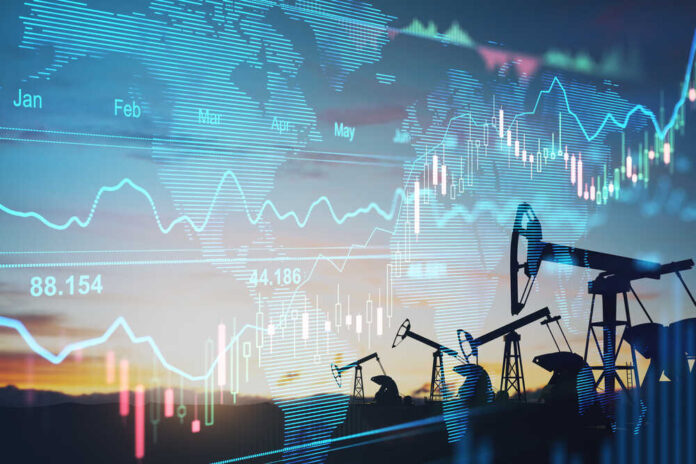The Department of Energy (DOE) canceled restocking oil stockpiles in August and September, which surprised everyone. The dramatic spike in oil prices prompted this choice.
The Department of Energy (DOE) announced in March that it was soliciting 3 million barrels of oil from the Bayou Choctaw site in Louisiana. There are four main locations for the Strategic Petroleum Reserve, and this one is one of them.
The Strategic Petroleum Reserve (SPR) is the biggest emergency crude oil supply in the world; it has been there since 1975. It was designed to handle an economic or oil supply crisis.
Since last year’s record-low stocks, the Energy Department has gradually increased the emergency oil supply.
In response to supply problems caused by Russia’s invasion of Ukraine in 2022, the government withdrew a large number of barrels, as required. Nevertheless, in March, Energy Secretary Jennifer Granholm promised that the strategic oil stockpile would be restocked by the end of the year.
Despite earning an average of about $95 from sales in 2022, the DOE has announced its plan to acquire oil for the SPR at $79 per barrel or less.
But, at about $85 per barrel, prices increase. Therefore, the DOE has decided to reduce further purchases until market circumstances improve.
Data from the Energy Department shows that the SPR stockpile is now at 363 million barrels, down from approximately 600 million at the beginning of 2022.
Former Bush administration advisor and current president of consultancy Rapidan Energy Group Bob McNally predicts that domestic oil prices will remain high all year. Therefore, the replenishment program may remain stalled for quite a while.
If pump prices keep rising, the Biden administration could reevaluate SPR releases, says McNally, but they don’t think it will happen anytime soon.
Nonetheless, naysayers worry that the United States may be in jeopardy if its oil supplies were to run dry, especially in emergency situations or when the world supply hits rock bottom. This suggests that gasoline prices could remain high for the foreseeable future.


















